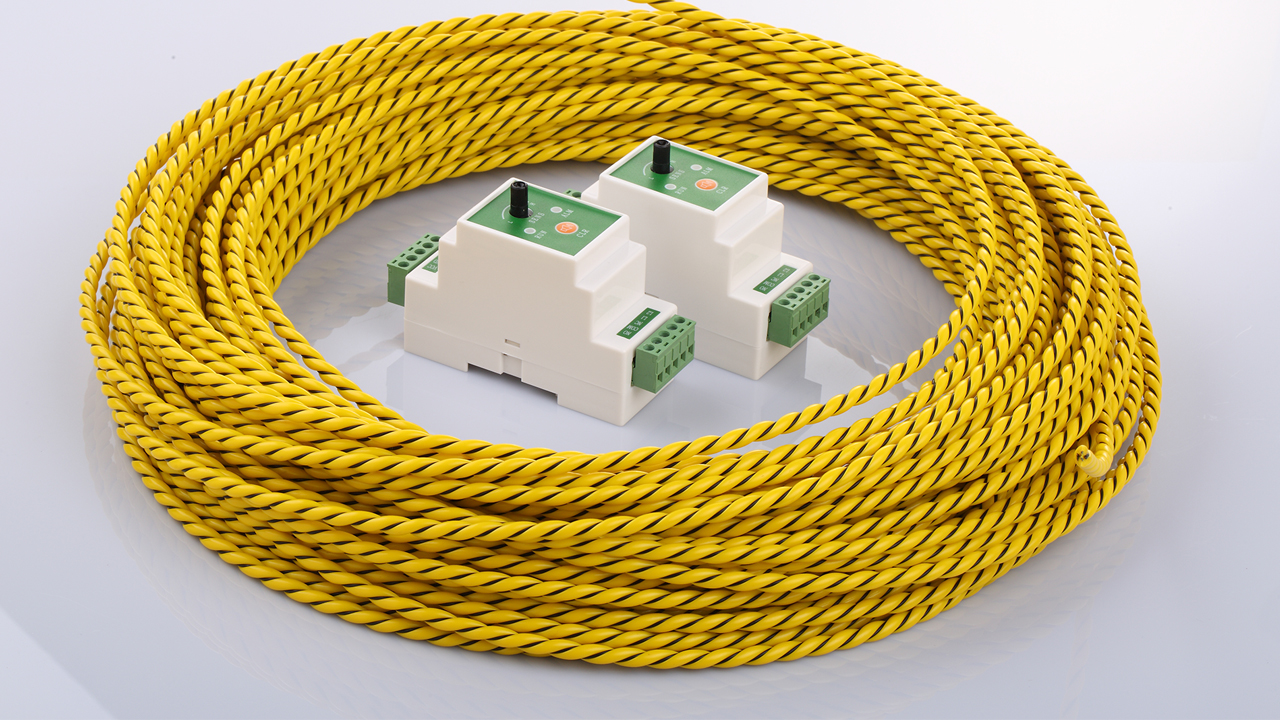Water leaks can lead to considerable damage across a wide range of settings, from residential properties to commercial establishments and industrial facilities. Leak detection solutions have conventionally relied on spot detectors, which can detect leaks within a restricted vicinity. However, the advent of technology has given rise to a more innovative solution: The water leak detection cable. In this piece, we aim to dissect the differences between these two types of leak detectors, examining their features, strengths, and limitations, and offering insights to guide your choice based on your specific requirements.
Unraveling Water Leak Detection Cables and Traditional Leak Detectors
Traditional leak detectors are engineered to detect water leaks within specified, localized areas. They are typically installed in leak-prone zones such as kitchens, bathrooms, or basements. When these sensors encounter water, an alarm is set off, notifying inhabitants of the leakage.
Contrastingly, water leak detection cables constitute a notable advancement in leak detection technology. Installed along the length of pipelines, within ceilings, or beneath floors, these cables can detect water leaks anywhere along their expanse. When water interacts with the cable, the system alerts the user, pinpointing the exact location of the leak.
Dissecting the Features and Functionalities
Installation Process
Traditional leak detectors are generally straightforward to install. They're often powered by batteries and can simply be positioned on a floor or affixed to a wall. However, their coverage is limited, necessitating multiple detectors for comprehensive protection in larger spaces.
Conversely, water leak detection cables necessitate a more intricate installation. They must be strategically positioned in areas most susceptible to leaks. While this entails more labor, these cables provide extensive coverage that could span the entire building.
Detection Precision and Coverage Expanse
Traditional leak detectors accurately identify leaks within their immediate vicinity. However, their range is confined, which might cause them to miss leaks that occur outside their sensor radius.
Water leak detection cables, on the other hand, offer a wider coverage and superior accuracy. Capable of detecting leaks across their entire length, they allow for highly precise leak identification. This makes them invaluable in environments with extensive piping or those at high risk of water damage, like data centers or industrial facilities.
Perks of Water Leak Detection Cables
One significant edge that water leak detection cables have is their ability to offer continuous monitoring. Unlike traditional detectors, which only detect leaks upon coming into contact with water, these cables can incessantly monitor for leaks across their length.
Additionally, their maintenance is more straightforward. Since they're usually connected to a central monitoring system, any issues with the cables can be promptly identified and addressed.
Limitations to Consider
Nevertheless, both systems have their constraints. Traditional leak detectors, while easy to install, have a restricted coverage and may require frequent battery replacements or connectivity checks.
Water leak detection cables provide extensive coverage and accuracy but come with higher installation costs and complexity. They might necessitate professional installation, and their effectiveness is contingent on proper placement.
Situational Applicability
For smaller residential environments, traditional leak detectors could suffice, given their ease of use and cost-effectiveness. However, for larger commercial or industrial environments, or places with high-value equipment vulnerable to water damage, water leak detection cables could prove to be a more suitable and proactive choice.
Conclusion
While traditional leak detectors and water leak detection cables each have their merits and drawbacks, their unique characteristics make them suitable for different contexts. Traditional detectors, with their simplicity and cost-effectiveness, might be adequate for smaller spaces. In contrast, water leak detection cables offer superior coverage and continuous monitoring, albeit with a more complex installation process and higher upfront costs.
Deciding between these systems necessitates a careful evaluation of the area that needs protection, the potential risks and costs associated with water damage, and the resources available for installation and maintenance. Despite their differences, both systems serve the fundamental purpose of providing early warnings for water leaks, thereby helping to prevent expensive damages and losses.

